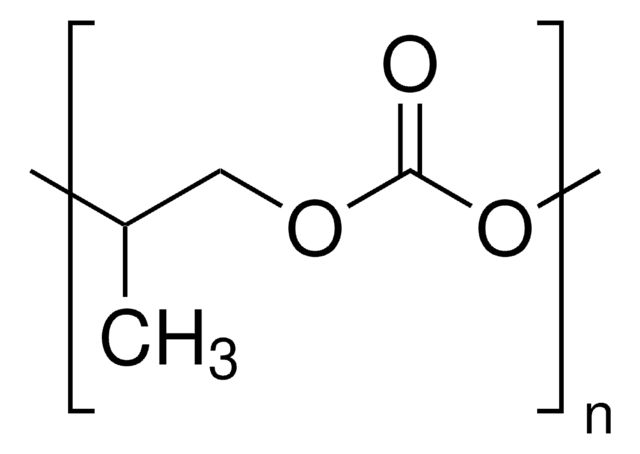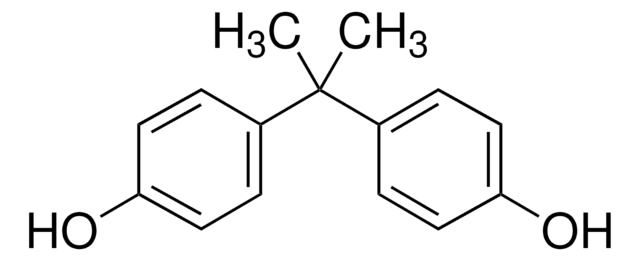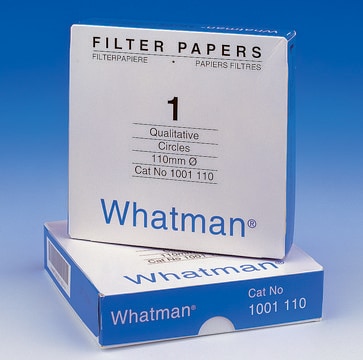181676
Poly(Bisphenol A-Carbonat)
analytical standard, molecular weight series
About This Item
Empfohlene Produkte
Qualität
analytical standard, molecular weight series
Qualitätsniveau
Mol-Gew.
average Mn 12,000-23,000 (typical)
average Mw 22,000-40,000 (typical)
Methode(n)
gel permeation chromatography (GPC): suitable
Dichte
1.2 g/mL at 25 °C (lit.)
Format
neat
SMILES String
CC(C)(c1ccc(O)cc1)c2ccc(O)cc2
InChI
1S/C15H16O2.CH2O3/c1-15(2,11-3-7-13(16)8-4-11)12-5-9-14(17)10-6-12;2-1(3)4/h3-10,16-17H,1-2H3;(H2,2,3,4)
InChIKey
XSXWYGABGYBZRM-UHFFFAOYSA-N
Angaben zum Gen
mouse ... Esr1(13982)
rat ... Ar(24208)
Suchen Sie nach ähnlichen Produkten? Aufrufen Leitfaden zum Produktvergleich
Allgemeine Beschreibung
Anwendung
Hinweis zur Analyse
Nur Kit-Komponenten
- average Mw 23,000; average Mn 13,000 25 g
- average Mw 40,000; average Mn 21,000 25 g
- average Mw 31,000; average Mn 18,000 25 g
Lagerklassenschlüssel
11 - Combustible Solids
WGK
WGK 3
Flammpunkt (°F)
Not applicable
Flammpunkt (°C)
Not applicable
Persönliche Schutzausrüstung
Eyeshields, Gloves, type N95 (US)
Hier finden Sie alle aktuellen Versionen:
Besitzen Sie dieses Produkt bereits?
In der Dokumentenbibliothek finden Sie die Dokumentation zu den Produkten, die Sie kürzlich erworben haben.
Kunden haben sich ebenfalls angesehen
Unser Team von Wissenschaftlern verfügt über Erfahrung in allen Forschungsbereichen einschließlich Life Science, Materialwissenschaften, chemischer Synthese, Chromatographie, Analytik und vielen mehr..
Setzen Sie sich mit dem technischen Dienst in Verbindung.







